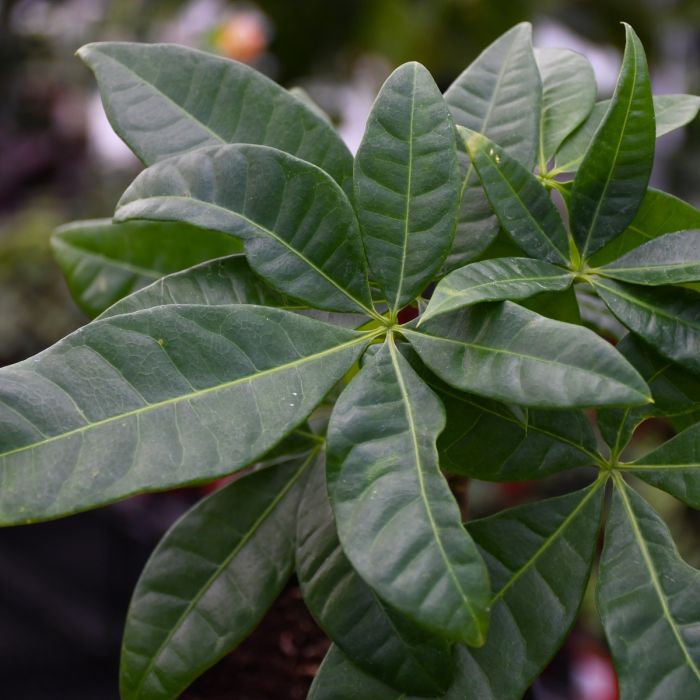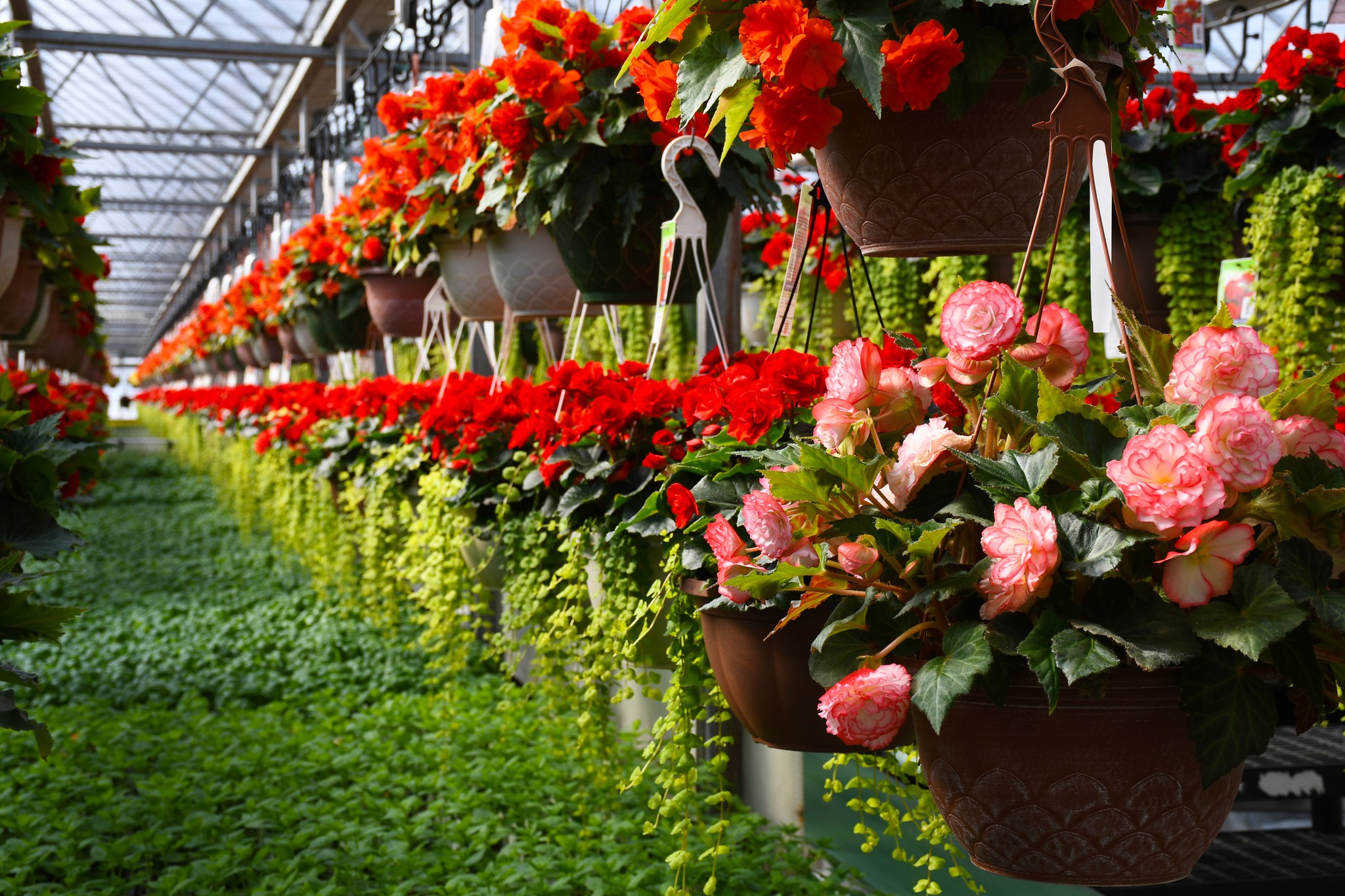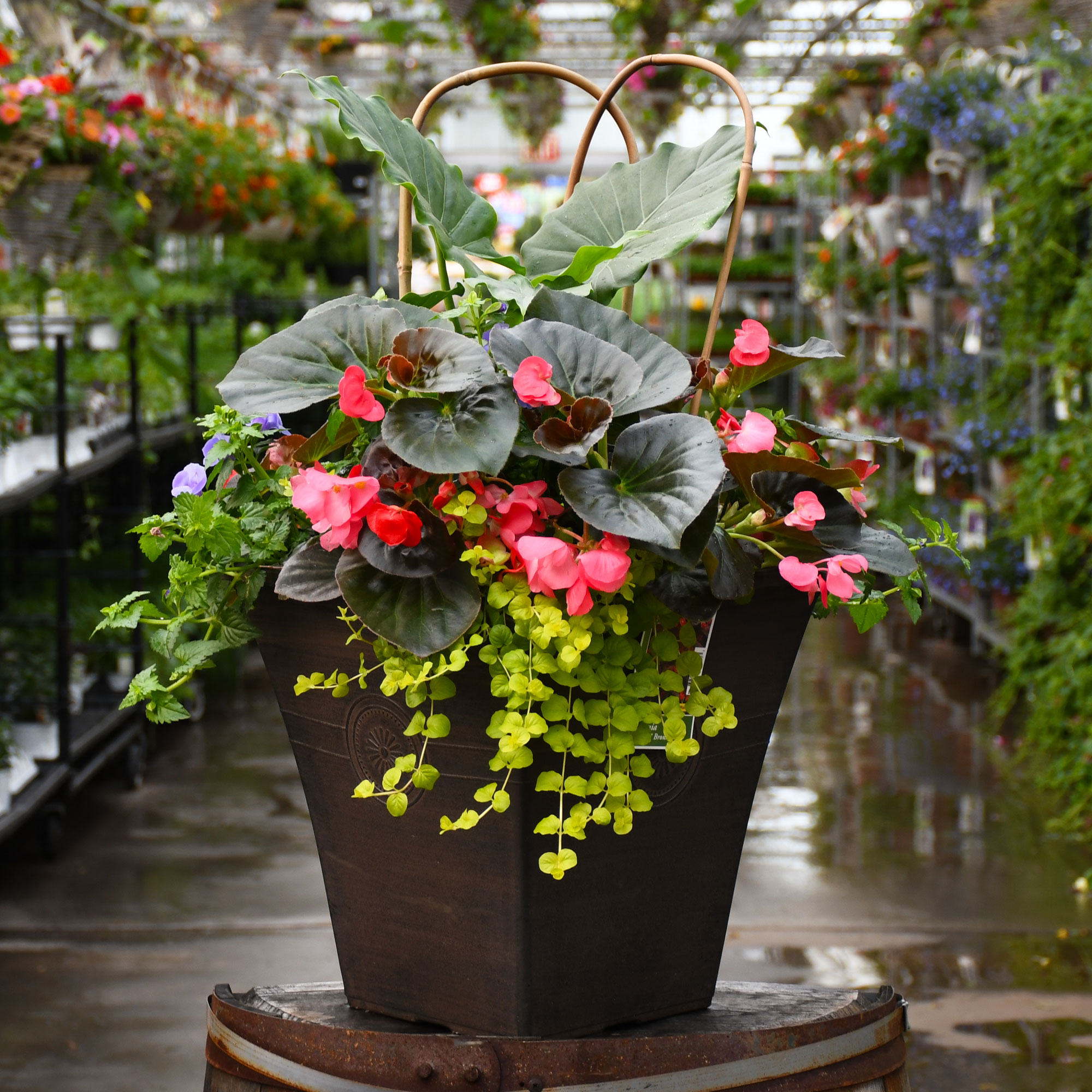Pachira Aquatica 'Money Tree'

Out of stock
Temporarily Out of StockDescription
This attractive, and easy to grow variety makes a perfect houseplant or bonsai specimen; prefers bright areas away from direct sun; rarely flowers indoors; prefers even moisture when potted indoors
Direct from the Grower
When you see the Gerten Grown logo on our annuals, you know you're getting a fresh plant directly from our greenhouse. We've been perfecting our growing process for over four generations and pride ourselves on providing local quality and freshness to our customers. Better pricing on better quality plant material, that's Gerten Grown.
Details
Height: 10 feet
Spread: 5 feet
Sunlight: ![]()
Hardiness Zone: 10a
Other Names: Money Plant, Guiana Chestnut, Saba Nut
Description:
This attractive, and easy to grow variety makes a perfect houseplant or bonsai specimen; prefers bright areas away from direct sun; rarely flowers indoors; prefers even moisture when potted indoors
Features & Attributes
Money Tree's attractive large glossy pointy palmate leaves remain green in color throughout the year. The flowers are not ornamentally significant.
This is a multi-stemmed evergreen houseplant with an upright spreading habit of growth. Its relatively coarse texture stands it apart from other indoor plants with finer foliage. This plant can be pruned at any time to keep it looking its best.
Planting & Growing
When grown indoors, Money Tree can be expected to grow to be about 10 feet tall at maturity, with a spread of 5 feet. It grows at a medium rate, and under ideal conditions can be expected to live for approximately 60 years. This houseplant should be situated in a location that that gets indirect sunlight at most, although it will usually require a more brightly-lit environment than what artificial indoor lighting alone can provide. It prefers to grow in average to moist soil. The surface of the soil shouldn't be allowed to dry out completely, and so you should expect to water this plant once and possibly even twice each week. Be aware that your particular watering schedule may vary depending on its location in the room, the pot size, plant size and other conditions; if in doubt, ask one of our experts in the store for advice. It is not particular as to soil type or pH; an average potting soil should work just fine.
There are many factors that will affect the ultimate height, spread and overall performance of a plant when grown indoors; among them, the size of the pot it's growing in, the amount of light it receives, watering frequency, the pruning regimen and repotting schedule. Use the information described here as a guideline only; individual performance can and will vary. Please contact the store to speak with one of our experts if you are interested in further details concerning recommendations on pot size, watering, pruning, repotting, etc.
-- THIS IS A HOUSEPLANT AND IS NOT MEANT TO SURVIVE THE WINTER OUTDOORS IN OUR CLIMATE --
-- THIS IS A TROPICAL PLANT AND SHOULD NOT BE EXPECTED TO SURVIVE THE WINTER OUTDOORS IN OUR CLIMATE --
More Information
| Common Family Name | Guiana Chestnut |
|---|---|
| Pet Safe Plants | Pet Safe Plants |
| Plant Life Cycle | Indoor Plant |
| Mature Height (Range) | 25" - 36" |
| Mature Spread (Range) | 24" - 36" |


